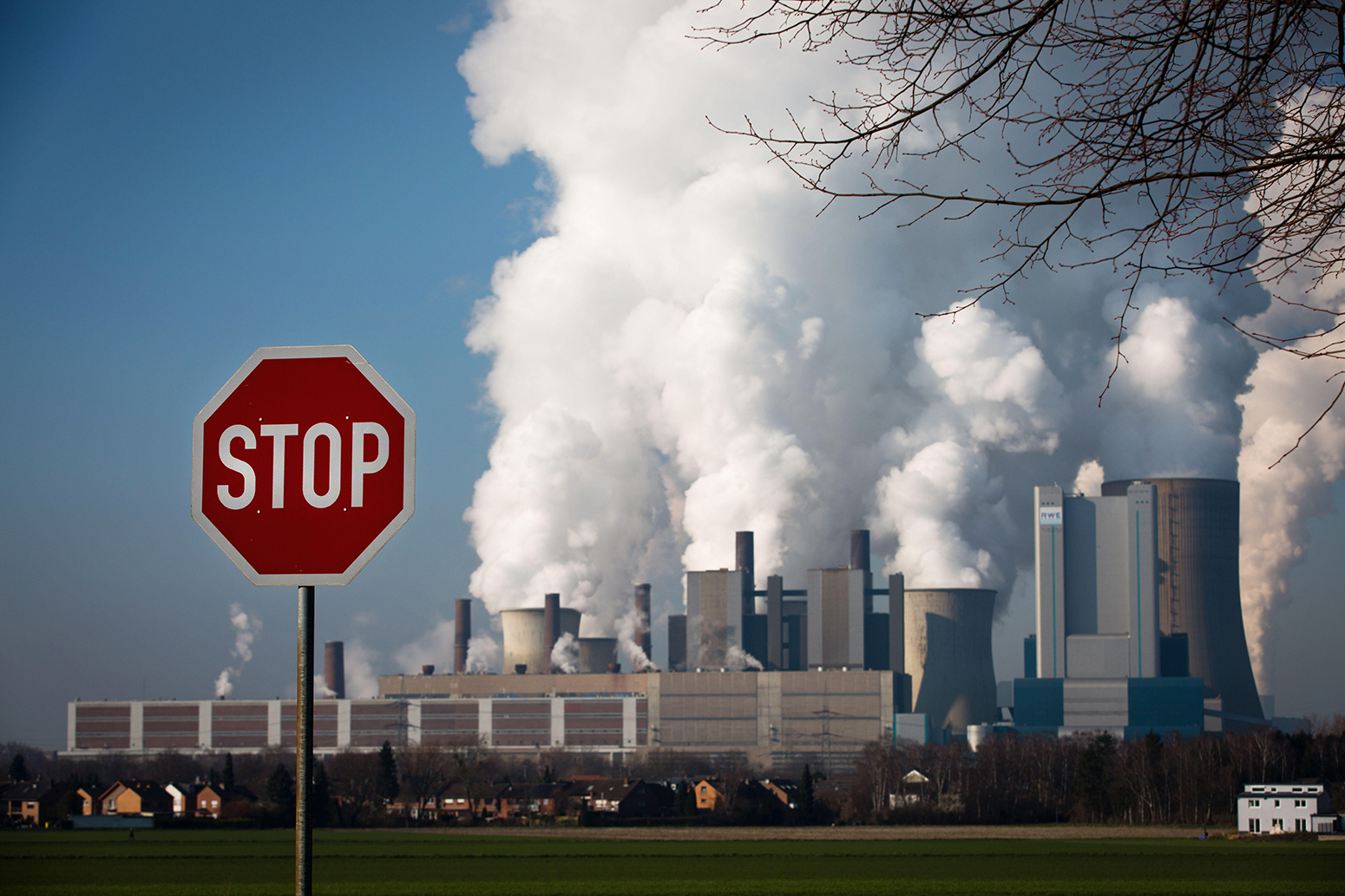December 24, 2017 – It is Christmas Eve and a new present going under Canada’s national tree is the creation of a low carbon economy fund set at $2 billion CDN. The fund is to provide capital for clean growth and greenhouse gas (GHG) reduction projects. There are two parts.
- The Low Carbon Economy Leadership Fund – a $1.4 billion fund available to Canada’s provinces and territories to help them reduce GHG emissions with $30 million or more allocated to any approved project.
- The Low Carbon Economy Challenge – a $600 million fund for projects from municipalities, First Nation, Metis and Inuit governments and organizations, and for-profit businesses, and not-for-profit organizations.
The types of projects the federal government is hoping to fund cover:
- the retrofitting of homes and buildings to improve energy efficiency and reduce GHGs
- the installation of more energy efficient machines in industrial plants
- changes to industrial processes that reduce the use of carbon-polluting fossil fuels
- natural carbon sequestration projects including reforestation and soil carbon sequestration improvements to farming practices
- projects that harvest and use the wood from forests damaged by insect infestations to reduce wildfire risk and atmospheric GHGs
Canada continues to face an energy-environmental challenge. The economy of Western Canada, in particular, Alberta, is dependent on fossil fuel extraction and export. The primary source of Alberta’s fossil fuels is carbon emission intensive, the oil sands. Without the revenue earned from the oil sands, Alberta’s economy would be in dire straits.
The federal government walks a fine line in trying to meet its Paris Climate Agreement commitment to reduce the country’s overall GHG emissions by 30% from a baseline measure set in 2005, with 2030 the deadline, while still promoting oil sands production and pipeline projects aimed at exporting this carbon-intensive product.
Throwing $2 billion at the problem seems small change when spread across ten provinces, three territories, and a multitude of municipalities, Indigenous organizations, businesses, and non-government organizations (NGOs). In fact, I would describe this first effort as baby steps along the carbon reduction path.
The Canadian government and the sub-jurisdictions within the country need to be putting a lot more money into carbon reduction strategies than what has been announced to-date. And to help Alberta transition to a low-carbon economic future, both the province and federal government need to be looking at technological innovation that has a significant upside in terms of employment and growth.
One of the areas of innovation that Alberta may want to consider in moving to a low carbon future is developing carbon capture and sequestration (CCS) technology for global markets. The province already has a number of demonstration and in operation technologies on display including:
Carbon Engineering, an Alberta-based company, has built a pilot project facility that extracts carbon dioxide (CO2) directly from the air.
CO2 Solutions, another Alberta company, has created technology currently being demonstrated in a pilot project in Quebec that extracts CO2 from industrial sites using an enzymatic process, and then uses the captured gas as a material for industrial applications.
Quest, a Royal Dutch Shell CCS project, has been implemented at an oil sands production site, and is extracting and storing underground 1 million tons of CO2 annually.
This is a good start for the province and a place where government investment can further advance net-negative emission technology which is seen as an absolute necessity by the Intergovernmental Panel on Climate Change (IPCC), in helping to meet the 2 Celsius degree warming limit established at the Paris Climate Agreement in 2015. In IPCC reports on mitigation, it includes CCS technologies as an absolute necessity because if humans are to rely solely on emission reductions and natural carbon sinks, the only other net-negative emissions possibility, the likelihood of meeting the target is weighted at less than 5%. Repopulating the planet with trees, or using soil or ocean carbon sequestration will not get us where the planet needs to go. But if CCS technology for global implementation is developed and exported it represents an enormous growth industry where funding by Canada’s government, institutions, and industries, will produce an environmental and economic return on investment. And that calls for a lot more than $2 billion.









